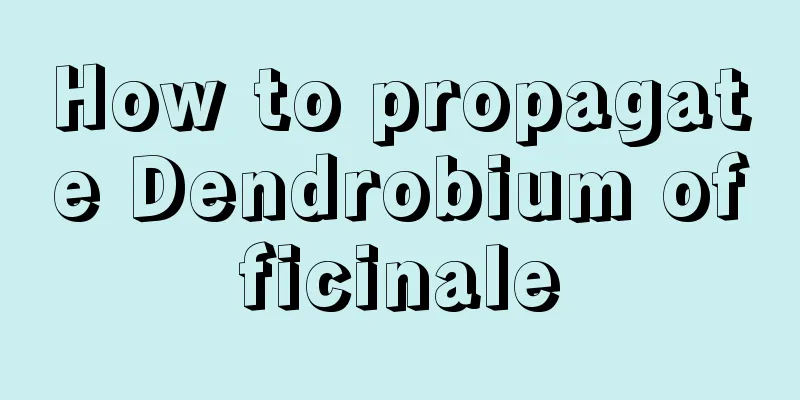What is Platycodon grandiflorum? Platycodon grandiflorum pictures

1. Plant introductionPlatycodon grandiflorum is a perennial herb of the genus Platycodon in the family Campanulaceae. Its height ranges from 20 to 120 cm, with a hairless surface and almost no branches, except for a few at the top. The leaves are arranged in whorls or alternately, with very short petioles or even no petioles, and are oval in shape. The flowers are generally terminal, with several flowers arranged in racemes, and are mostly blue, purple or white. It blooms from July to September every year and then produces spherical capsules. 2. Growth habitsPlatycodon grandiflorum likes a cool climate, has strong cold resistance, and likes light. It is more common in hills below 1,100 meters above sea level. Its seed lifespan is about 1 year, and can be further extended if the temperature is low. Moreover, low temperature helps to increase its germination rate, which is generally around 70%. If the temperature is suitable, seedlings will emerge in about 15 days. 3. Maintenance methods1. Soil: Platycodon grandiflorum grows well in sandy soil. Good drainage can prevent the roots from being flooded. Adding a certain amount of phosphorus and potassium fertilizers to the soil as base fertilizer will help the development of the plant. 2. Light: Platycodon grandiflorum likes light, so it should be planted in a sunny place. Indoor potted plants should be placed on the balcony to allow them to receive sufficient light. If the environment is dark, the plant will easily grow too tall, affecting its flowering. 3. Watering: Platycodon is very afraid of waterlogging, so do not water it too much. Generally, in spring and autumn, watering once every 3-4 days is sufficient, and in summer you can water it once every 1-2 days. Keep dry in winter. If it is rainy, drainage should be done well. 4. Fertilization: During the flowering period of Platycodon, appropriate fertilizer is needed. Because its flowering period is very long, it needs to be replenished with nutrients in time, otherwise it will easily wither prematurely, affecting its ornamental value. In addition, adequate fertilization also helps the development of fruits. 4. Pictures |
<<: Platycodon grandiflorum flower language, pictures of Platycodon grandiflorum
Recommend
Difference Between Psyllium and Plantain
1. Difference of blades The leaves of Plantago ar...
Spinach planting time and planting method
Spinach , with its rich nutritional value and del...
Red flesh apples bear fruit in several years
Introduction to growing red flesh apples Red-fles...
How to treat rust spots on the leaves of Ficus microcarpa? Can they be restored?
1. Causes of rust spots The rust spots on the lea...
How to wash bayberry
1. Alkaline water cleaning Bayberry can be washed...
How to grow Ficus microcarpa
Farming methods Ficus microcarpa is a tropical pl...
Taboos on sending flowers to foreigners
Foreign flower sending taboos In foreign countrie...
How many watermelon seedlings are there per acre?
Watermelon is a commonly grown fruit. Planting wa...
Grape transplanting time and method: Which month is best for transplanting grape seedlings?
Grape is one of the common fruits. Grape tastes d...
How to grow Forsythia
1. Breeding environment 1. Watering: It likes to ...
How to make camellia bloom quickly and how to care for it during the flowering period
1. How to make camellia bloom quickly 1. Correct ...
These 7 kinds of flowers go dormant in summer, and the more you water them, the faster they die!
How do cyclamen hibernate during the summer? Cycl...
Is ginger a shade-loving or sun-loving plant?
Does Jiang like Yin or Yang? Ginger is a shade-lo...
Is the survival rate of Kalanchoe cuttings high? (Kalanchoe cuttings methods, time and precautions)
When propagating Kalanchoe by cuttings, the survi...
How much water should honeysuckle be watered at one time
1. How much water to pour Although honeysuckle ca...









